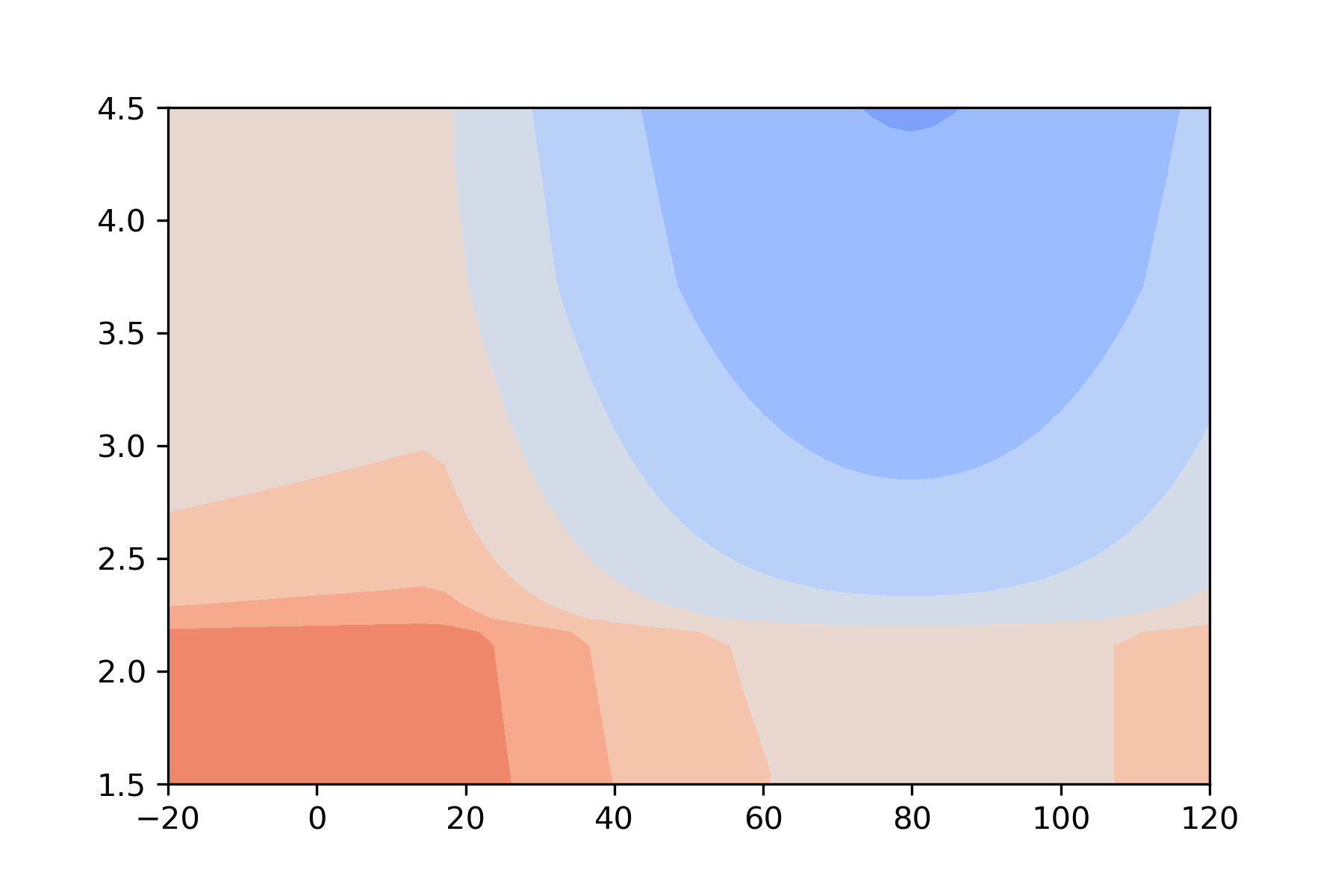PROCESS OPTIMIZATION
The day-to-day life of a researcher in catalysis often involves repeated experiments to optimize the conditions of a reaction (e.g. temperature, concentration, ligand structure). There are many tools available to try to expedite this process, some of which are available as commercial software (e.g. Design-of-Experiments) or as open-source packages (e.g. PHOENICS, GPyOpt). While these are powerful approaches, they do not take advantage of the fundamental knowledge of chemical reactivity that exists. We are working on new strategies that can explicitly and implicitly bring real-world chemical knowledge into the optimization loop to deliver superior experimental design.
NON-COVALENT ASSOCIATION
In our site-selective C-H activation chemistry, the non-covalent association between a metal-bound heterocycle and an organic hydrogen atom transfer catalyst is one path we are exploring to further improve the selectivity of these reactions. We believe that convolutional neural networks, applied to appropriate representations of chemical structure, can help in the design of new catalysts. To test this approach, we are working with the Hof laboratory at the University of Victoria to see if an analogous approach can be used to predict the interaction of their synthesized calixarenes and small methylated peptides.

